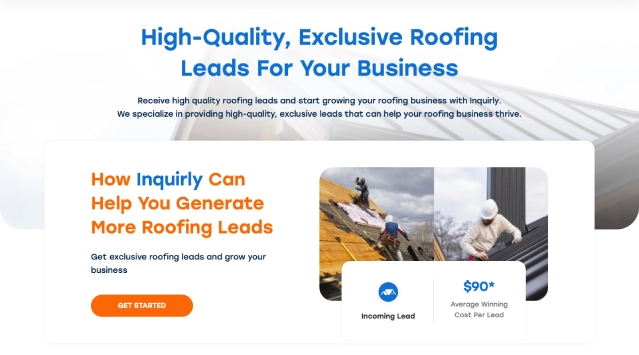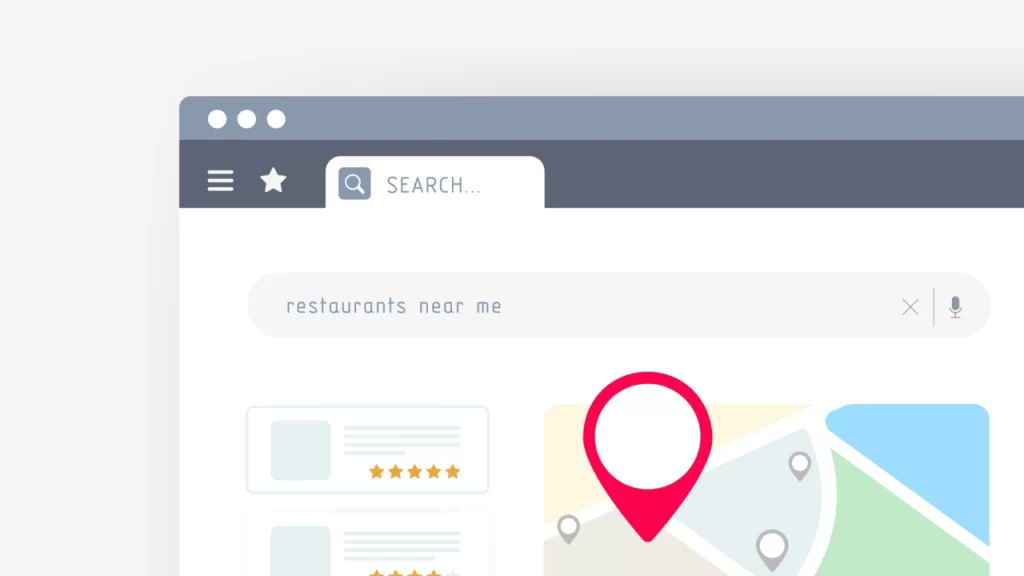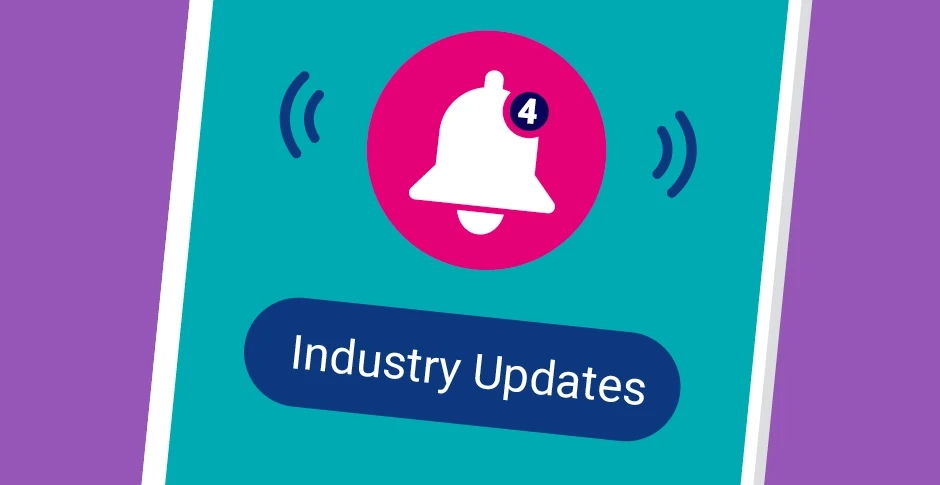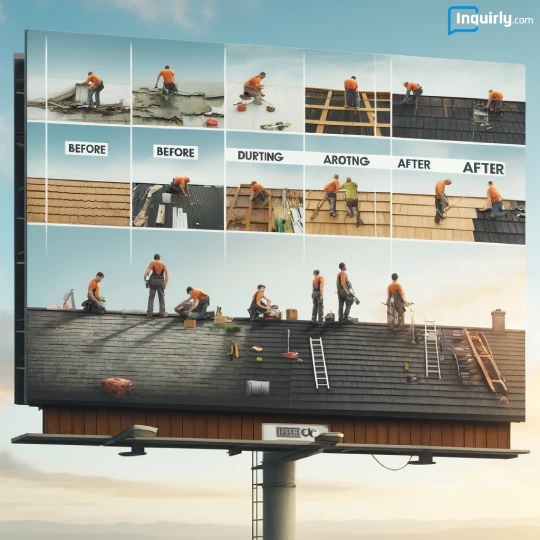As a roofing contractor, you probably spend a lot of time focused on the technical side of your work – managing a business, measuring, installing and making sure every job is done right. But have you ever thought about how important it is to connect with other people in your industry and community?
Many roofing businesses miss out on the potential growth and opportunities that come from getting to know others. The more people who know about your roofing services, the more likely you are to get recommended for jobs. Networking for roofing contractors simply means building real relationships that can help you in different ways.
Nowadays, knowing the right people can be just as important as knowing the right roofing techniques. So, let’s explore how networking can help you grow your roofing business, what makes it so valuable, and how you can start building connections that can take your roofing career to the next level.
What is Networking and What Benefits Does it Have for Roofing Contractors?
Networking is about creating and maintaining relationships with other people, businesses or professionals who can help support your goals. It’s not only making sales or finding clients, it also means sharing information, advice and opportunities that can benefit everyone involved.
For roofing contractors, networking can provide several major benefits, such as:
- When more people know about your roofing business, there’s a greater chance they’ll refer you to someone who needs your services.
- Networking can help you find businesses to partner with, such as general contractors, electricians, or painters.
- Being visible and active in your community or industry makes you more trustworthy.
- Networking can help you discover new suppliers, tools or training opportunities that can make your job easier.
How to Network: 5 Tips for Roofing Contractors (Plus Where to Network)
Ready to start networking but not sure how to begin? Here are five practical tips that will help you connect with others and build valuable relationships:
1. Attend Local Community Events
Local events, like home improvement expos, business fairs or neighborhood festivals, are great places to meet people. You’ll find homeowners who might need roofing work, other contractors who could share tips and local business owners who might need your services.
☝️Tip: Bring lots of business cards and wear something with your company name on it, like a branded shirt or hat. Be ready to chat with people about what you do, but try to keep it friendly and not too pushy.
2. Join Roofing and Construction Associations
Roofing and construction associations are groups where people in the same line of work come together. These groups help you meet other roofers, learn new things, and stay up-to-date on what’s happening in the roofing world. You might also hear about job opportunities through these groups.
☝️Tip: Don’t just join – get involved! Attend meetings, sign up for workshops, or volunteer to help out.
3. Partner with Other Local Businesses
Teaming up with other businesses is a great way to find more customers. For example, real estate agents often work with people who need roof repairs before selling a house. Landscapers, painters, or electricians also have customers who might need roofing work. You can recommend each other’s services and get more business.
☝️Tip: Offer to trade referrals or work together on projects. For example, if you know a painter, you could agree to tell your customers about their painting service and they can do the same for your roofing service. This way, both businesses win and you both get more jobs.
4. Attend Networking Events and Business Meetups
Networking events and meetups are where business owners get together to share ideas, get advice and find new opportunities. Groups like the Chamber of Commerce or local business clubs often organize these events.
☝️Tip: When you go to these events, don’t just hand out your business card and walk away. Take your time to really talk to people.
5. Use Social Media Platforms to Connect
Social media is a simple way to reach a lot of people without even leaving your house. By using websites like Facebook, LinkedIn, or Instagram, you can show off your roofing projects, connect with other roofing experts, and even chat with potential customers.
☝️Tip: Post pictures of your projects, share roofing tips and answer questions people might have about roofing.
Places to Network:
- RoofCON (October 23-25, 2024, Orlando, FL) – A great event for connecting with roofing and solar professionals.
- Western States Roofing Expo (October 29 – November 1, 2024, Las Vegas, NV) – Offers excellent peer-to-peer networking.
- Best of Success Conference (December 4-6, 2024, Bonita Springs, FL) – Learn from leaders and network with peers.
- International Roofing Expo (IRE) (February 19-21, 2025, San Antonio, TX) – The biggest roofing event in North America.
.
You can find more details about these events at Inquirly’s article.
Q&A
Q1: How often should I attend networking events?
A: The more the better. Aim to attend at least one networking event per month. Consistency helps you build stronger relationships and keeps you connected with industry trends.
Q2: How can I make sure my networking is effective?
A: Follow up with the people you meet! Send a quick email or connect on social media.
Q3: What if I’m not great at talking to people?
A: Start by listening and asking questions. People appreciate genuine interest, and you’ll find that conversations flow more naturally when you focus on others.
Conclusion
Networking is about building genuine relationships that help everyone involved. Start small, be consistent, and always look for ways to help others – your roofing business will benefit greatly from the connections you make.























